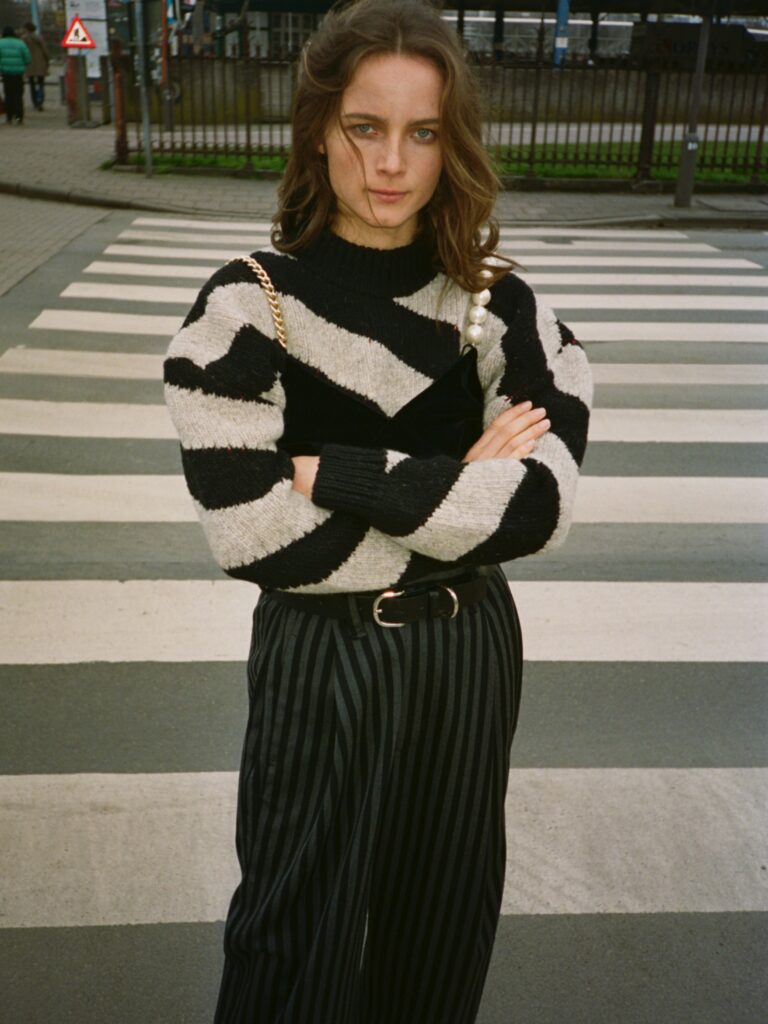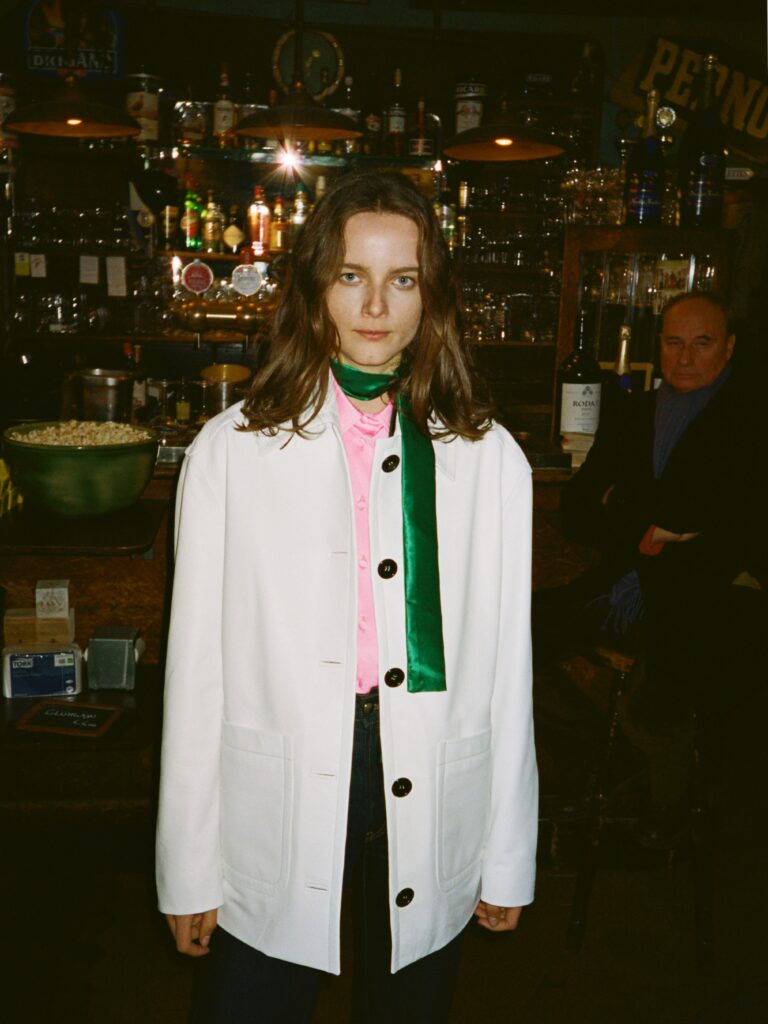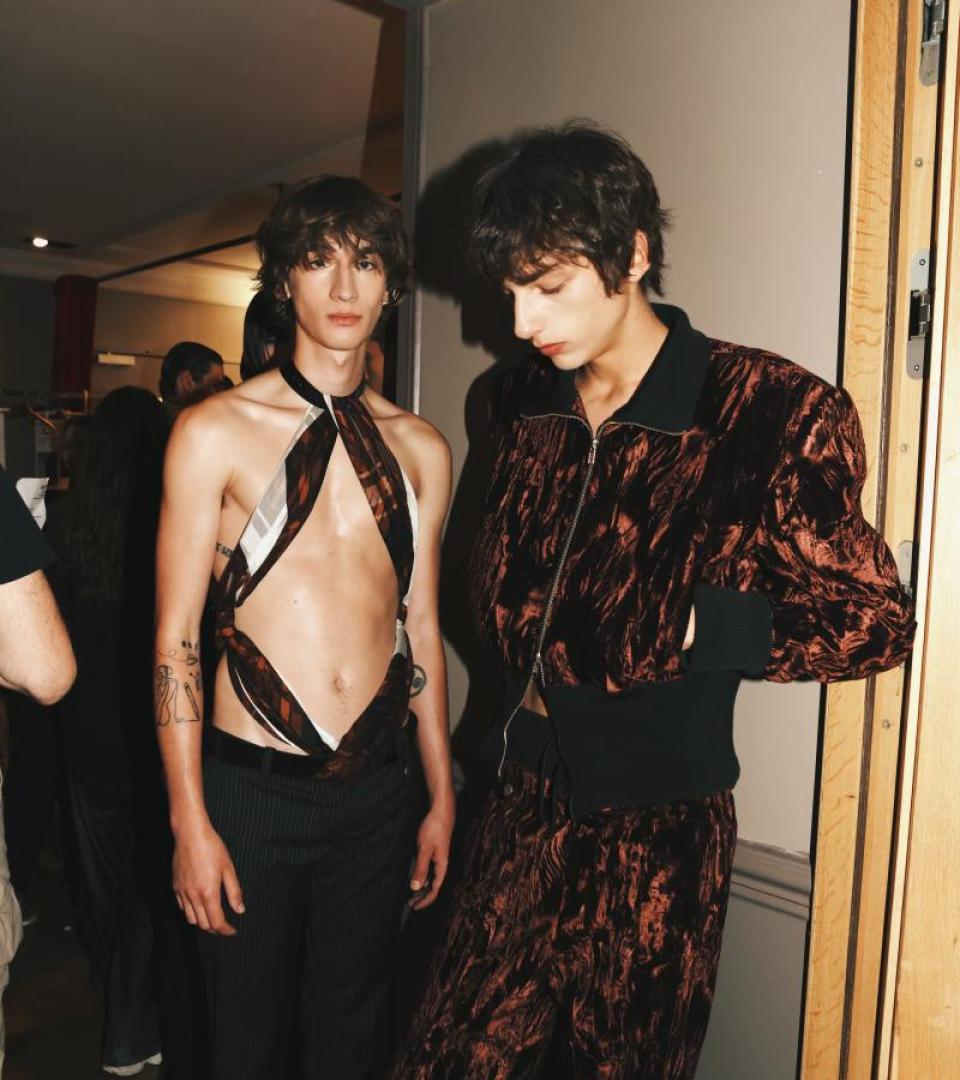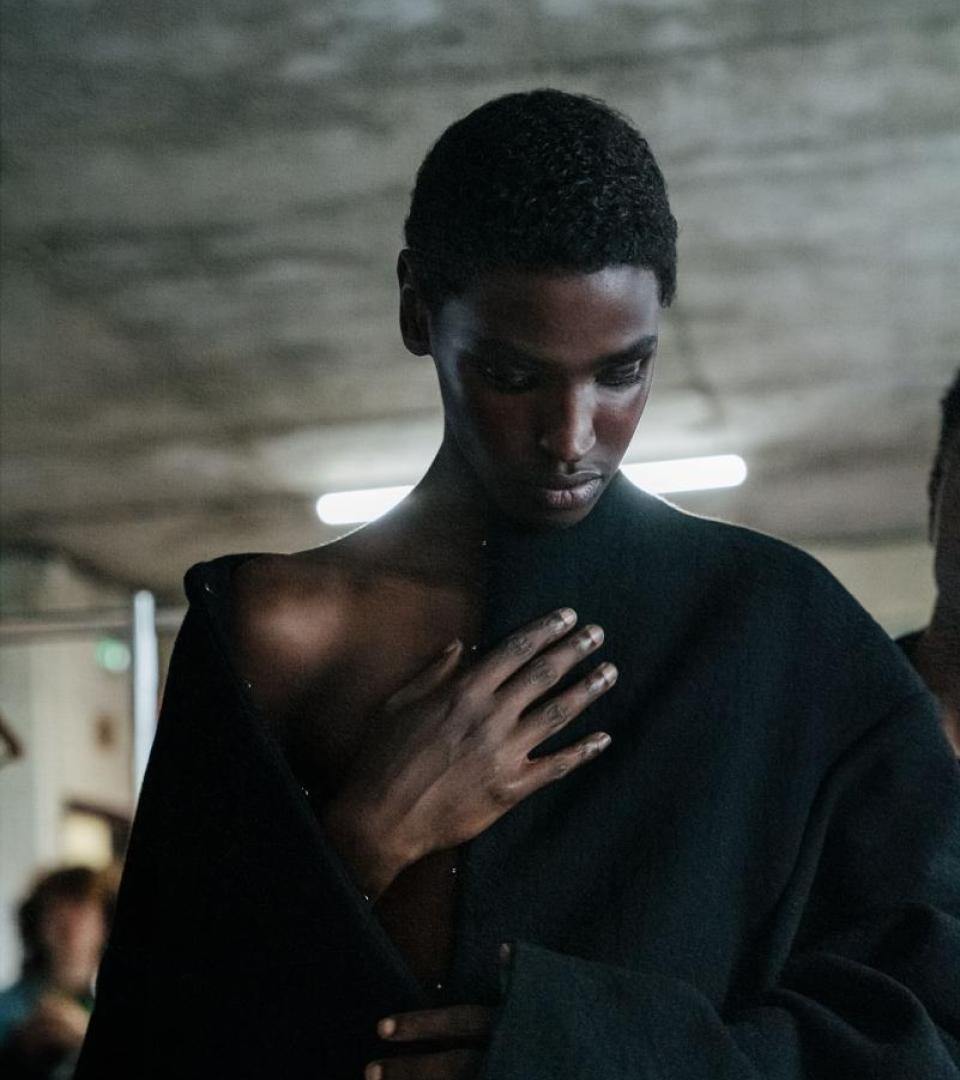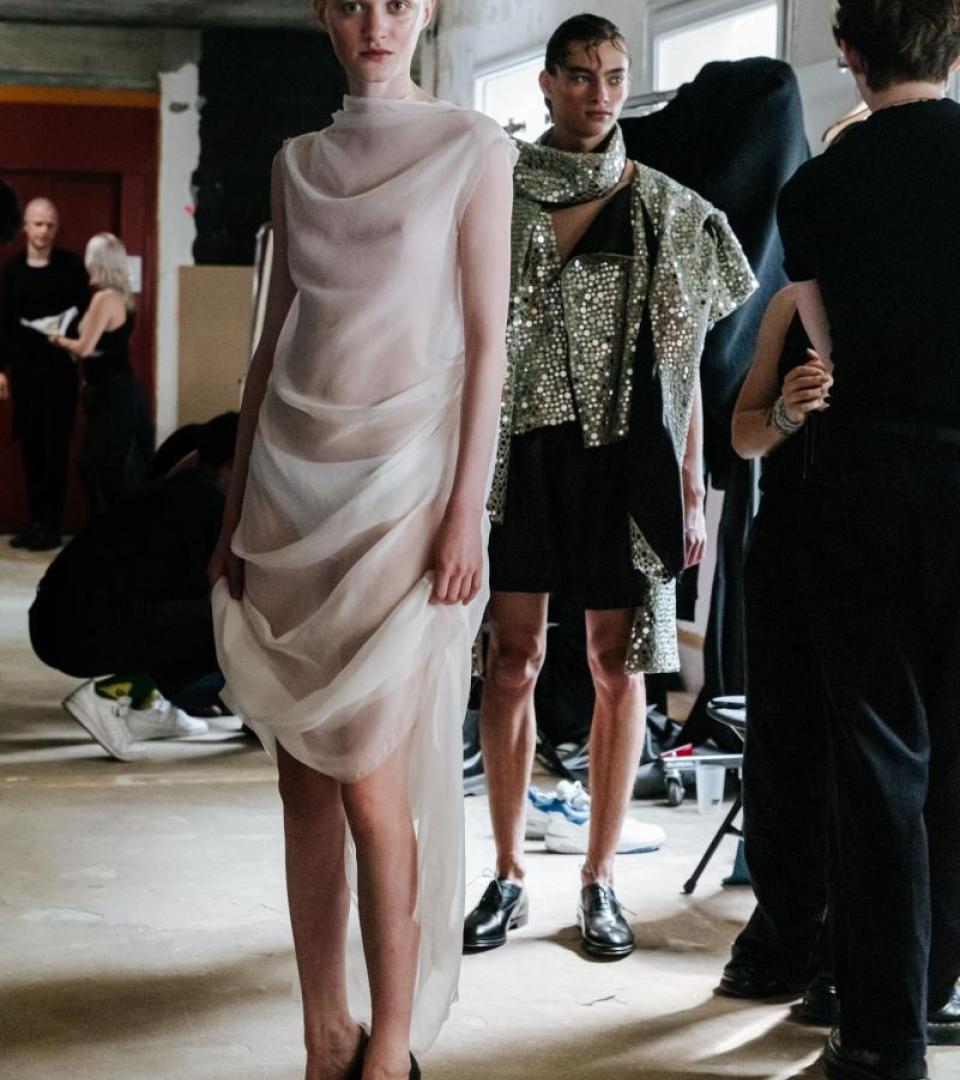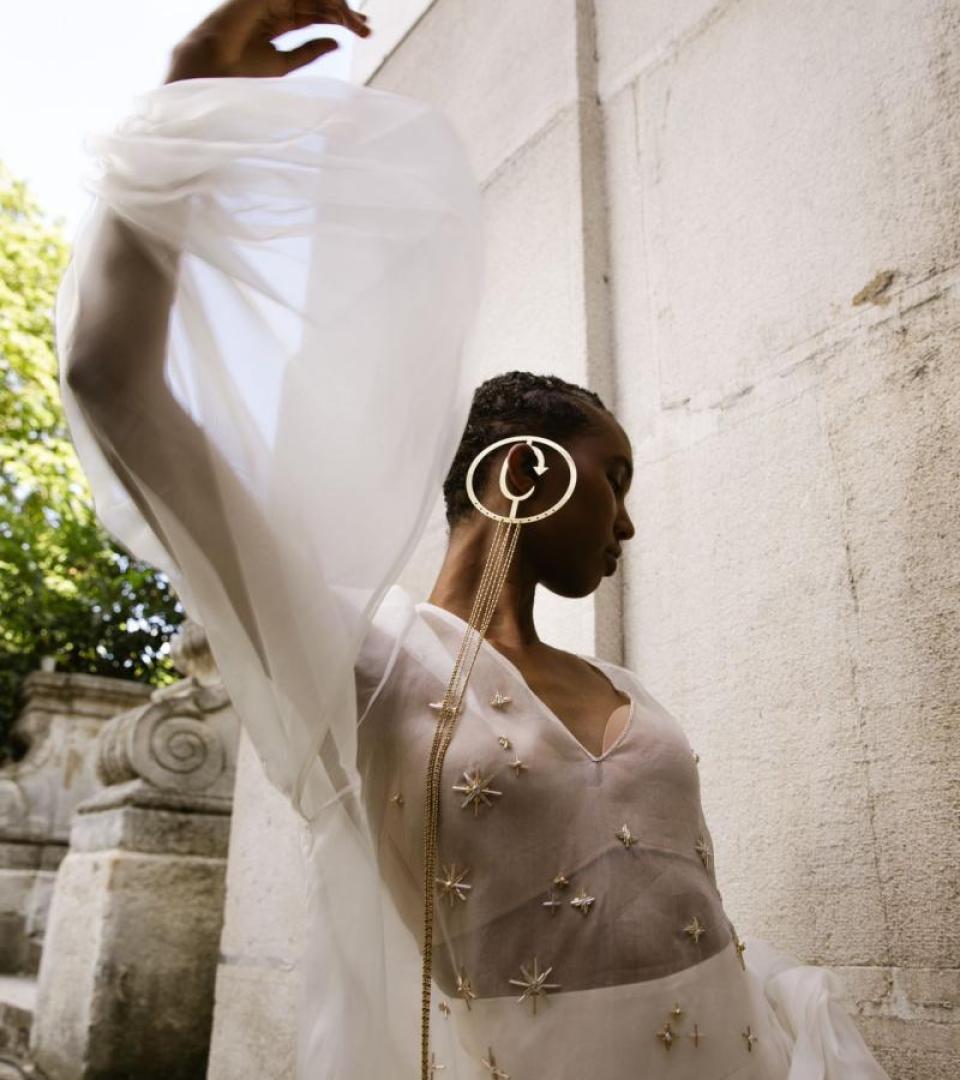A take on fashion
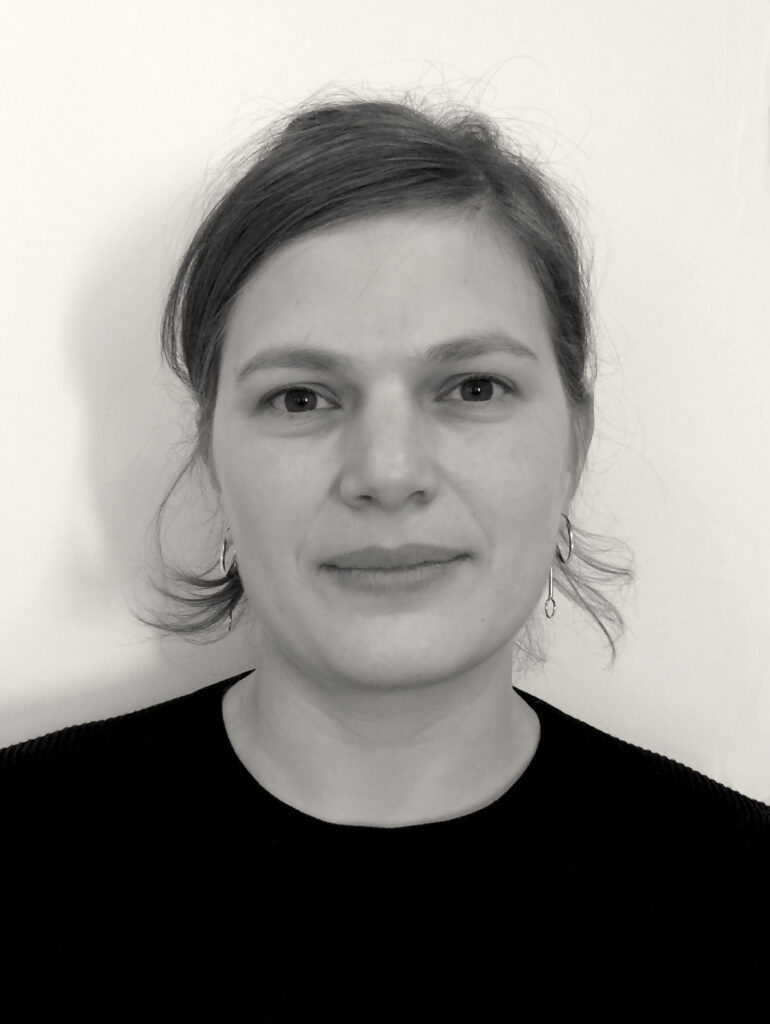
Emilie Hammen teaches fashion history and theory at Institut Français de la Mode. Her doctoral research looks at the historiography of fashion and its relation to art, from the late 19th century to early 20th century avant-gardes. She co-authored the anthology Les Grands textes de la mode (2017) and co-curated the exhibition Les Noailles et la mode (Hyères, 2015).
How does the current crisis impact the relationship to clothing and fashion?
Clothes serve a very protective purpose in the new pandemic-stricken world we experience now. This protective, and at times comforting, quality that garment can have is definitely emphasized as we see daily images of health professionals and people on our daily commutes alike, wearing masks and gloves and overcoats.
But while this very utilitarian relation to clothes is absolutely evident, the role of fashion resonates quite differently. Understood as a media system which feeds on new narratives, on theatrical performances and a flourishing visual culture, fashion is perhaps most well defined as a trigger for escapism. An ability to travel through time, with each designer’s reinterpretation of a vintage pattern or cut, an ability to imagine new places and ways of being. The stories of fashion, as illustrated through shows, images or simply through words are ever so needed now.
How does/can fashion play its individual expression and liberation role in our changing societies?
Fashion has always been a way to compose and affirm an identity. While societies are reconfigured through globalized and digital economies, this idea remains.
The access to information most certainly impacts the way we dress – identities are indeed formed through social and political frameworks which are now more widely communicated. There is a sense of increased freedom in the way we can assimilate and combine an incredible variety of influences. But with this great mix and the hybrid models and styles that emerge, comes the necessity to sustain and preserve – cultural identities and their traditions of craftsmanship.
The role of fashion and its creative processes is important here. It must be exemplary as we navigate these issues, between globalization and localism.
Can you mention a piece of clothing, a collection, or an image that would embody fashion’s special role in 2020 for you?
I am inspired by young designers and their tenacity in these difficult times. With the financial and logistical struggles that our current situation has created, I am most admirative of their ability to keep dreaming, to imagine the world of tomorrow – and its beautiful and thought-provoking wardrobe.
I’m particularly drawn to the work of Belgian designer Meryll Rogge. After years alongside Marc Jacobs and Dries Van Noten, she launched her own label last winter. She creates beautifully pragmatic workwear pieces with a hint of fantasy, of couture sophistication. Her first collection summoned the imagery of Nan Goldin, mixed with Whit Stilton’s film The Last Days of Disco. This slightly decadent, melancholic yet festive mood just resonates so strongly now. I’m really curious to discover what she will present this season, what is her take, her aesthetic answer to the strange present that is ours.
